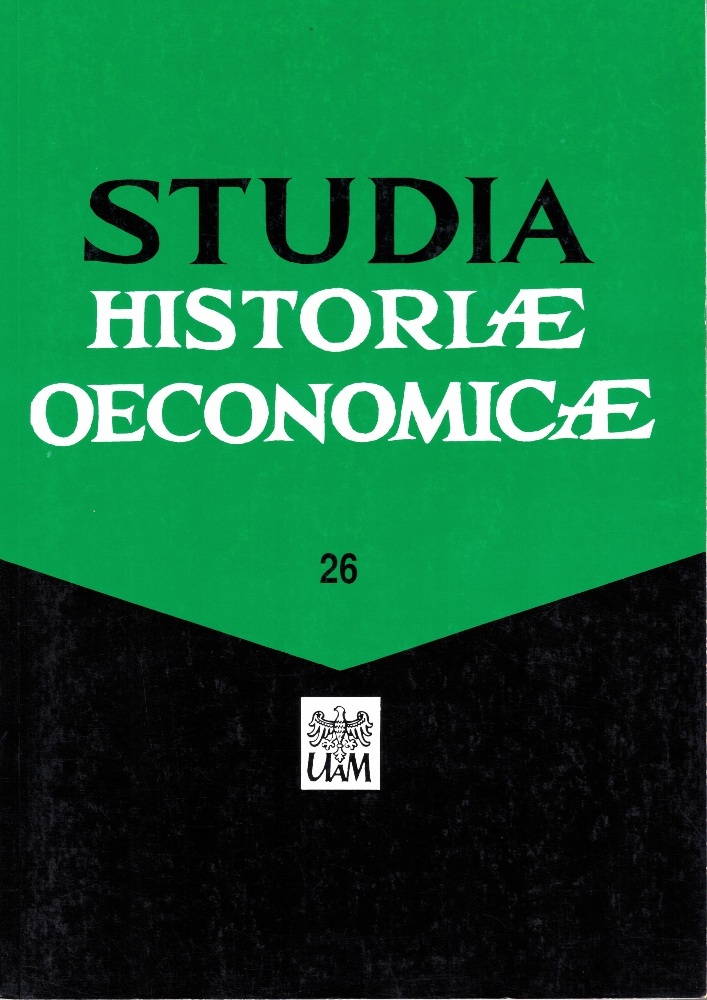Abstract
Money usury (called "costly credit") constituted one of the serious problems of the money market in the Second Republic of Poland (the name used for Poland in the period between the World Wars, i.e. in the years 1918-1939), especially in the early 20s. That economic and social phenomenon by some people was seen as exploitation of the weak by the strong, by others - as an effect of lacking stability on the credit market. In the opinion of the first group it should be fought in every judicial way available, while the second group didn't think that type of activity could have been successful in the situation of a permanent surplus of credit demand over its supply. Facing that situation, in 1924 - within the reforms stabilizing the state financial system - a money usury law was introduced indicating the permissible level of interest rates. The law had passed for the sake of both the economic - striving to lower the credit price as well as political and social reasons - the protection of the weaker social groups against usury practices.
License
© by Institute of History, Adam Mickiewicz University, Poznań, 2006
OPEN ACCESS





